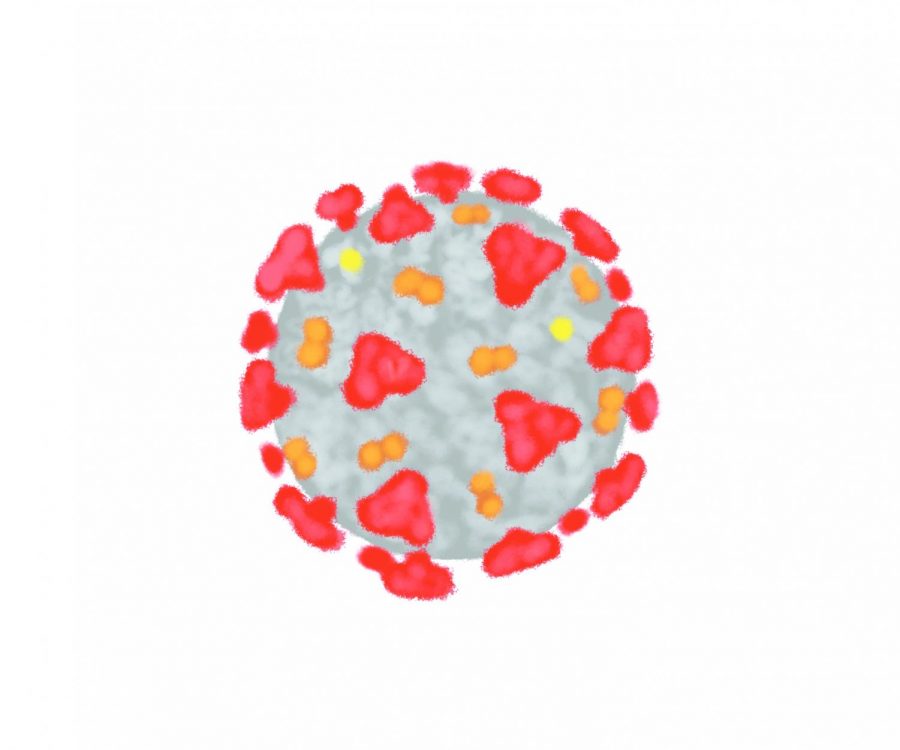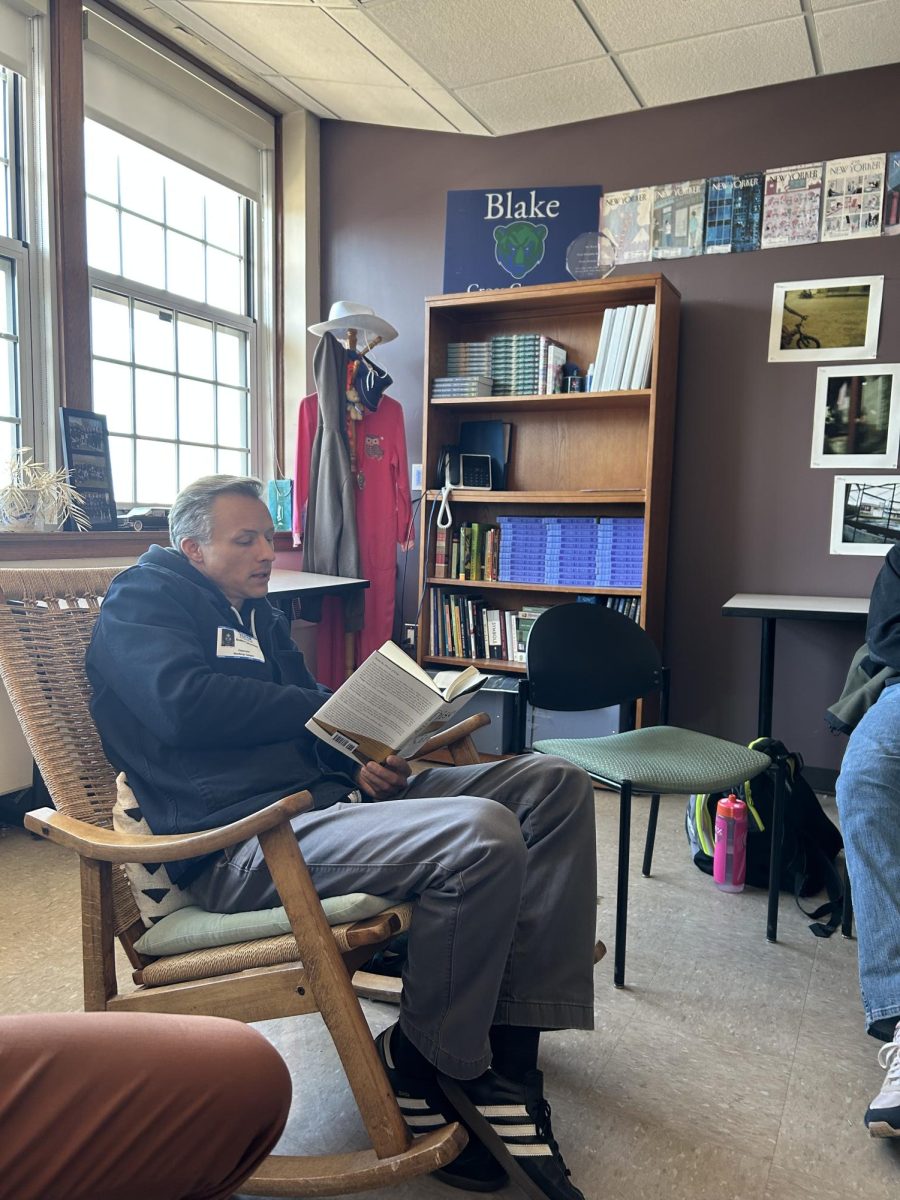Just as the vaccine was beginning to be administered to people all across the United States and things began to possibly finally look up, 2020 threw one last piece of bad news at us. A new variant of the novel Coronavirus that has been ravaging the world has been discovered in Britain and has appeared in patients in the United States. The United Kingdom has gone back into a lockdown, and it is uncertain whether or not the U.S. will follow. Blake biology teacher Michael Canfield explained the differences between the original strain and the new one by saying, “There are mutations happening all the time in viruses… and I think what would make something a different strain would be that it would have a fundamentally different aspect… so it would be a feature that would allow us to say ‘that’s different’. The genetics of viruses is pretty simple, there’s just not that many genes, and if they mutate, it would cause a problem with the virus that’s not going to work, but a few of them would change something more fundamental about the virus.”
One of the big differences between both strains is their transmissibility. The CDC remarked that based on the data from the U.K., this new strain is about 50% more transmissible than the original strain, because of an increase in the number of virus particles that are spread through a cough or a sneeze. Because the new strain is more transmissible, there could be more patients getting the Coronavirus, backlogging hospitals, and then leading to more deaths. On top of that, the chance of achieving herd immunity decreases as people either being infected by the virus or getting vaccinated might not be immune to the new strain. Luckily, as the Washington Post says, “There is no evidence that the variant, which has recently been detected in more than 30 countries, carries a greater risk of severe disease or death.”
One bit of good news is that, as the Washington Post explains, “The newly authorized vaccines are likely to remain effective against any variants seen so far because they elicit a broad array of neutralizing antibodies and other immune system responses.” The Pfizer, BioNTech, and Moderna vaccines have easily modifiable messenger RNA strands that can be changed to account for any variation in the virus. When asked whether the Coronavirus might end up being like the seasonal flu in several years, Canfield illustrated how COVID-19 might go through natural selection in order to survive in the human population for as long as possible. He said, “Let’s say I get the Coronavirus and I get super sick… that’s good because I create a lot of Coronavirus… so if not many people are immune, then the probability is high that those particles are going to get to another person. But the strategy’s different, ten years down the road, if a virus gets in me, I get really sick, and if the people around me are immune, that strain is not going to persist… The virulence determines how easily it spreads.”
All of the new information about how much damage this new strain could cause, might lead to postponements in the reopening of businesses and schools, which will continue to hurt students, parents, and business owners. However, even through these trying times, continuing to wear a mask and socially distancing is the best way to mitigate the possible consequences of a new variant of COVID-19.









